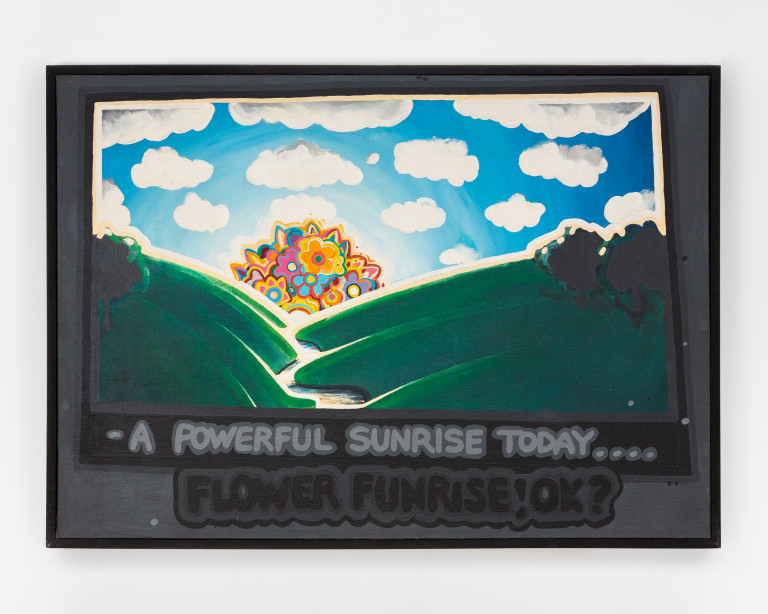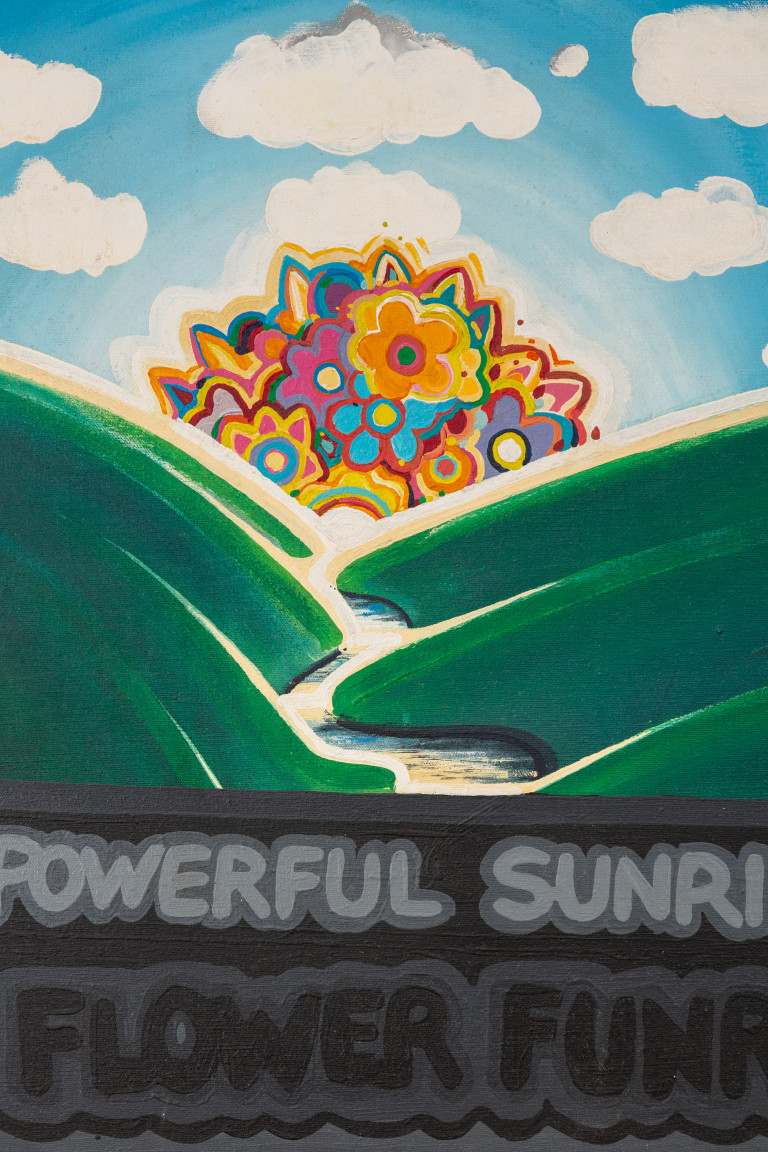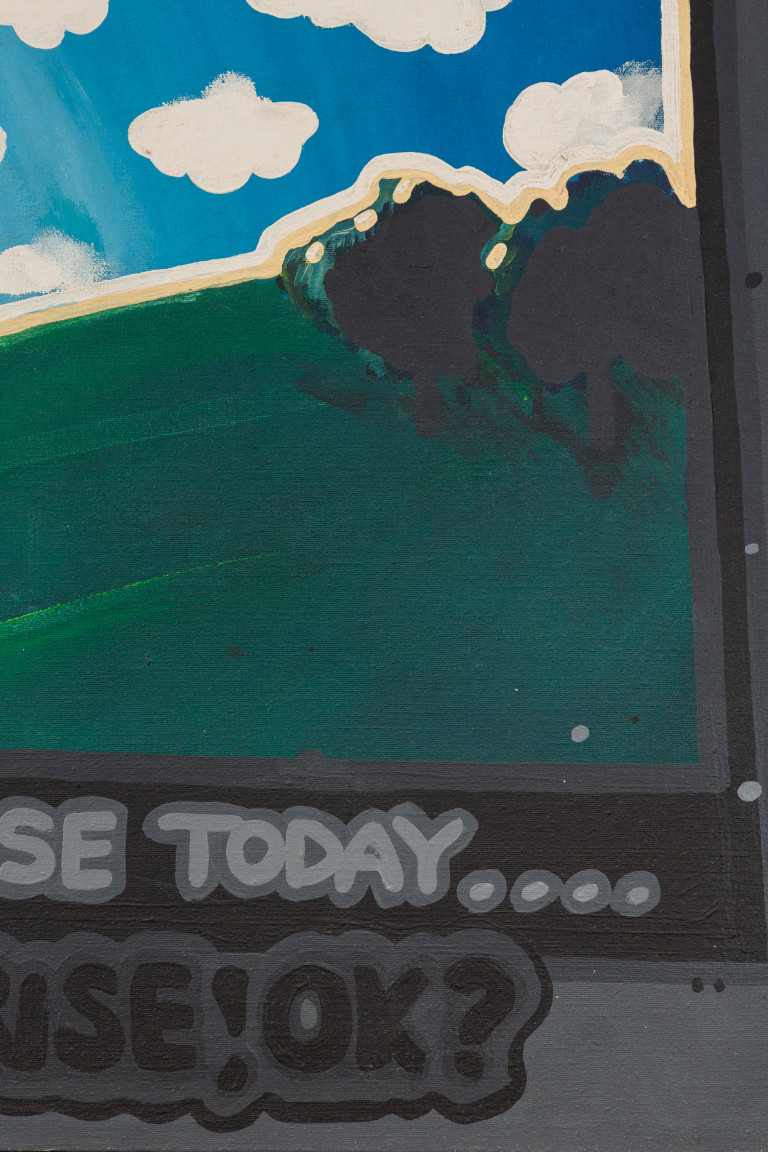Gene Beery’s (b. 1937 in Racine, WI; lives and works in Sutter Creek, CA) highly influential yet vastly under-recognized practice spans over six decades. After moving to New York from his native Wisconsin in 1958, Beery began working as a security guard at the Museum of Modern Art in New York, where he was introduced to fellow artists and critics Dan Flavin, Robert Ryman, Lucy Lippard, and Sol LeWitt, the latter of whom would become the artist’s lifelong friend and staunchest supporter.
Observing the importance of wall text within institutional settings, Beery began making text-based paintings with an urgent energy, working on scraps of wood and masonite. His disarmingly provocative work occupies a distinctive position of anti-painting painting: simultaneously critical of the art object’s stature, while embracing the most salient form of artistic expression. Through his deceptively simple use of language, Beery’s work transmits incisive views on the machinations and aspirations of making art, with a caustic blend of humor and optimism.


